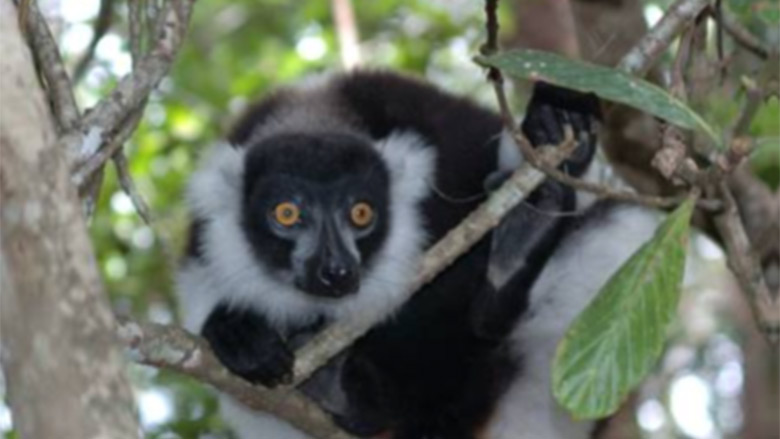DESCRIPTION
The Ankeniheny–Zahamena Corridor Biodiversity Conservation project, started in 2007, aims to reduce deforestation and forest degradation of primary Malagasy forests through the creation of a 371,000 hectare protected area. This area, at the core of the remaining fragments of the Malagasy rainforest, is rich in biodiversity.
Through the creation of a protected area, the project will reduce greenhouse gas emissions from deforestation and forest degradation (REDD+). It is one of the first REDD+ initiatives in Africa. The project is being managed by Madagascar’s Ministry of the Environment, Ecology, Sea, and Forests with technical support from the World Bank’s BioCarbon Fund and Conservation International.
CONTEXT
The majority of the primary forests of Madagascar, which harbor large numbers of endemic species, have disappeared. This leaves only small forest fragments, and these are being further reduced through slash-andburn agriculture and the collection of fuel wood.
The government created the Ankeniheny – Zahamena Corridor Biodiversity Conservation Project to reduce this forest fragmentation and to promote alternative livelihoods for poor communities.
RESULTS AND ACHIEVEMENTS
- As of April 2015, the project has generated about 3,915,496 carbon credits. The credits are currently being sold in the voluntary carbon market.
- The project used a new REDD+ methodology developed jointly by the BioCarbon Fund and Fundação Amazonas Sustentável.
- The project is generating substantial community benefits. Activities that sustain livelihoods, such as fish farming, improved irrigated rice cultivation, and bean production, are providing alternatives to the traditional slash-and-burn agriculture. This has the potential to increase agricultural productivity in the region.
- Income from carbon credits offers a further incentive for communities to conserve the area’s forests.
